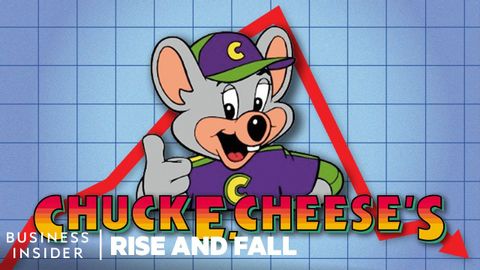查克奶酪的兴衰(The Rise And Fall Of Chuck E. Cheese)
joey joey 發佈於 2021 年 05 月 25 日  沒有此條件下的單字
沒有此條件下的單字US /pænˈdɛmɪk/
・
UK /pæn'demɪk/
- adj.(疾病)大規模流行的,廣泛蔓延的
- n.大流行病
US /rɪˈzɪljəns/
・
UK /rɪˈzɪliəns/
- n. (u.)彈回 ; 有彈力 ; 恢復力;韌性;耐力;適應力;應變能力;生態恢復力
US /aɪˈkɑnɪk/
・
UK /aɪˈkɒnɪk/
US /ˈkɑnˌsɛpt/
・
UK /'kɒnsept/

